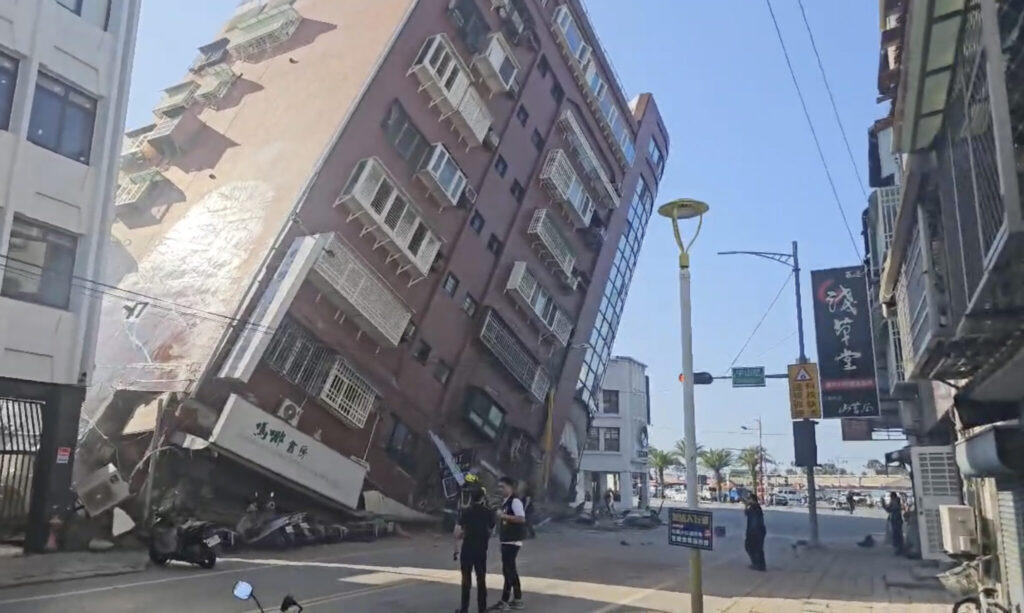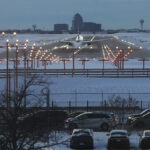The strongest earthquake in a quarter-century rocked Taiwan during the morning rush hour Wednesday, killing nine people, trapping dozens in quarries and sending some residents scrambling out the windows of damaged buildings. A tsunami warning was triggered but later lifted.
Quick Read
- Major Earthquake in Taiwan: A powerful earthquake, the strongest in 25 years, struck Taiwan during the morning rush hour, causing significant damage and loss of life.
- Casualties and Injuries: The quake resulted in nine deaths, hundreds of injuries, and dozens trapped in various locations, including quarries.
- Widespread Damage: Buildings in Hualien County were severely damaged, with some leaning precariously, and the quake caused landslides, road damage, and disrupted transportation across the island.
- Public Response: The unexpected intensity of the quake caused panic, but Taiwan’s preparedness for seismic events, including drills and robust building codes, helped mitigate the impact.
- International Effects: The earthquake was felt as far away as Shanghai and triggered a small tsunami in Japan, though all tsunami alerts were later lifted.
- Seismic Activity: Taiwan, located along the Pacific “Ring of Fire,” is prone to earthquakes. The last significant quake in Hualien was in 2018, and the deadliest recent quake was in 1999.
- Economic Concerns: The earthquake’s impact on Taiwan’s crucial technology and semiconductor industries, including disruptions to the electricity grid, could have global implications.
The Associated Press has the story:
Strongest earthquake in 25 years rocks Taiwan, killing 9 people, trapping 70 workers in quarries
Newslooks- HUALIEN, Taiwan (AP) —
The strongest earthquake in a quarter-century rocked Taiwan during the morning rush hour Wednesday, killing nine people, trapping dozens in quarries and sending some residents scrambling out the windows of damaged buildings. A tsunami warning was triggered but later lifted.
The quake, which also injured hundreds, was centered off the coast of rural, mountainous Hualien County, where some buildings leaned at severe angles, their ground floors crushed. Just over 150 kilometers (93 miles) away in the capital of Taipei, tiles fell from older buildings, and schools evacuated their students to sports fields, equipping them with yellow safety helmets. Some children covered themselves with textbooks to guard against falling objects as aftershocks continued.
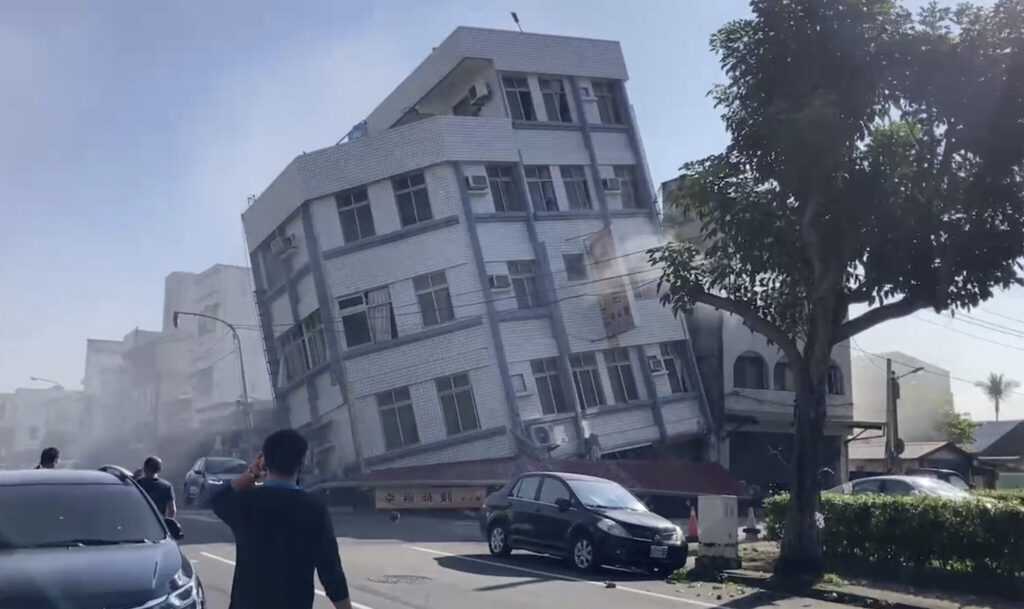
Television images showed neighbors and rescue workers lifting residents, including a toddler, through windows and onto the street, after doors fused shut in the shaking. All appeared mobile, in shock but without serious injuries.
Taiwan is regularly jolted by quakes and its population is among the best prepared for them, but authorities said they had expected a relatively mild earthquake and accordingly did not send out alerts. The eventual temblor was strong enough to scare even people who are used to such shaking.
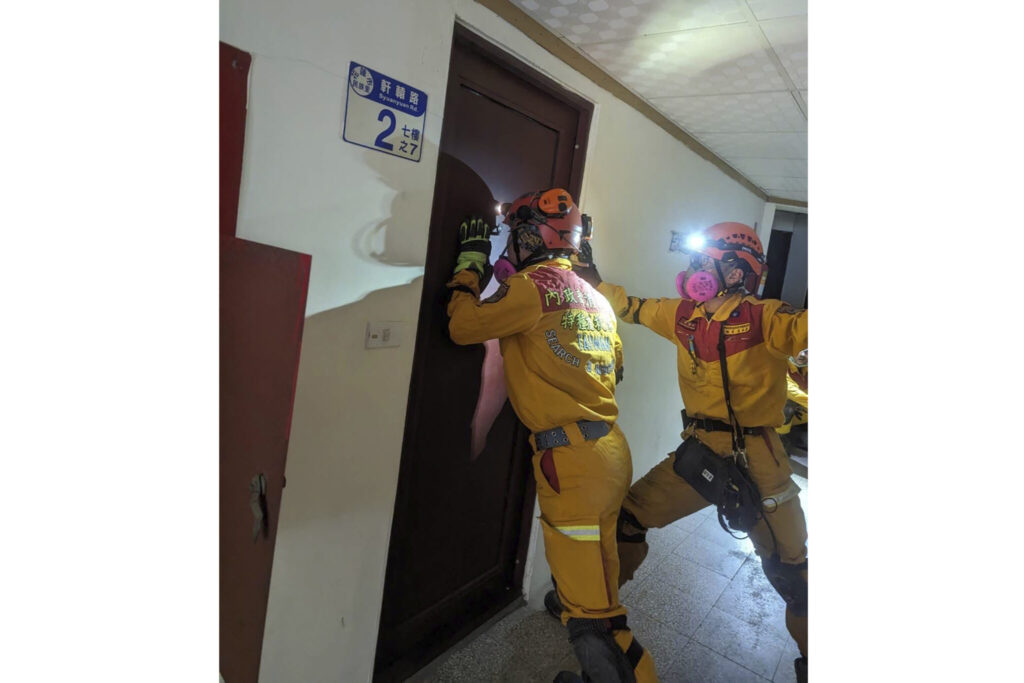
“I’ve grown accustomed to (earthquakes). But today was the first time I was scared to tears by an earthquake,” said Hsien-hsuen Keng, a resident who lives in a fifth-floor apartment in Taipei. ”I was awakened by the earthquake. I had never felt such intense shaking before.”
Nine people died in the quake, which struck just before 8 a.m., according to Taiwan’s national fire agency. The local United Daily News reported that three were hikers killed in rockslides in Taroko National Park, which is in Hualien, and that a van driver died in the same area when boulders hit the vehicle.
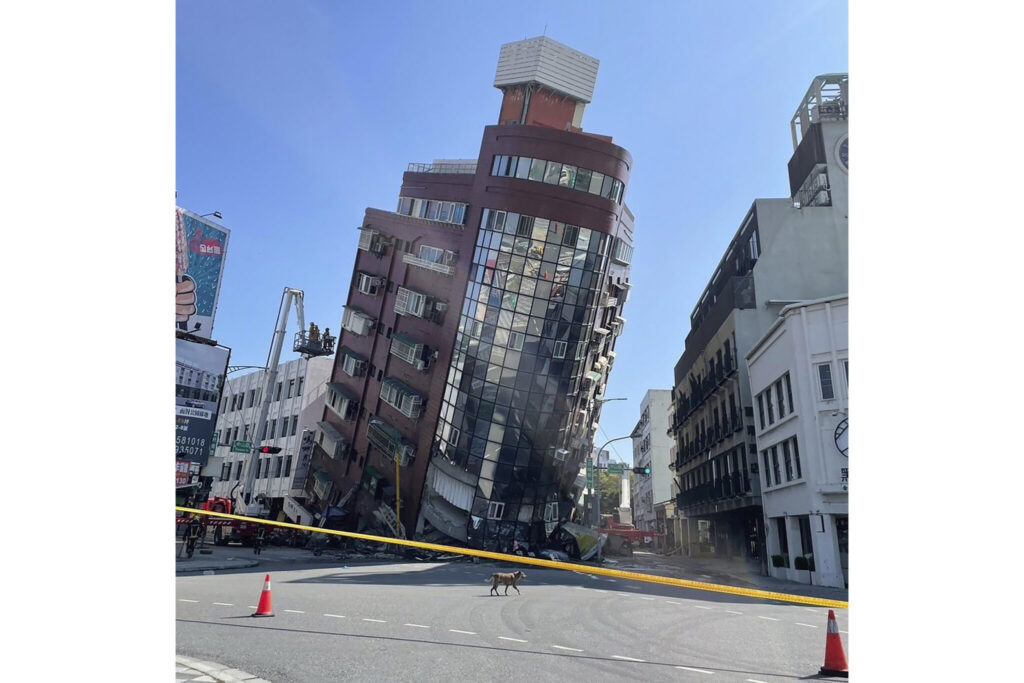
Another 934 people were injured. Meanwhile, authorities said they had lost contact with 50 people in minibuses in the national park after the quake downed phone networks.
In addition, 64 people were trapped in one rock quarry, and six in another, the fire agency said.
The quake and aftershocks also caused 24 landslides and damage to 35 roads, bridges and tunnels.
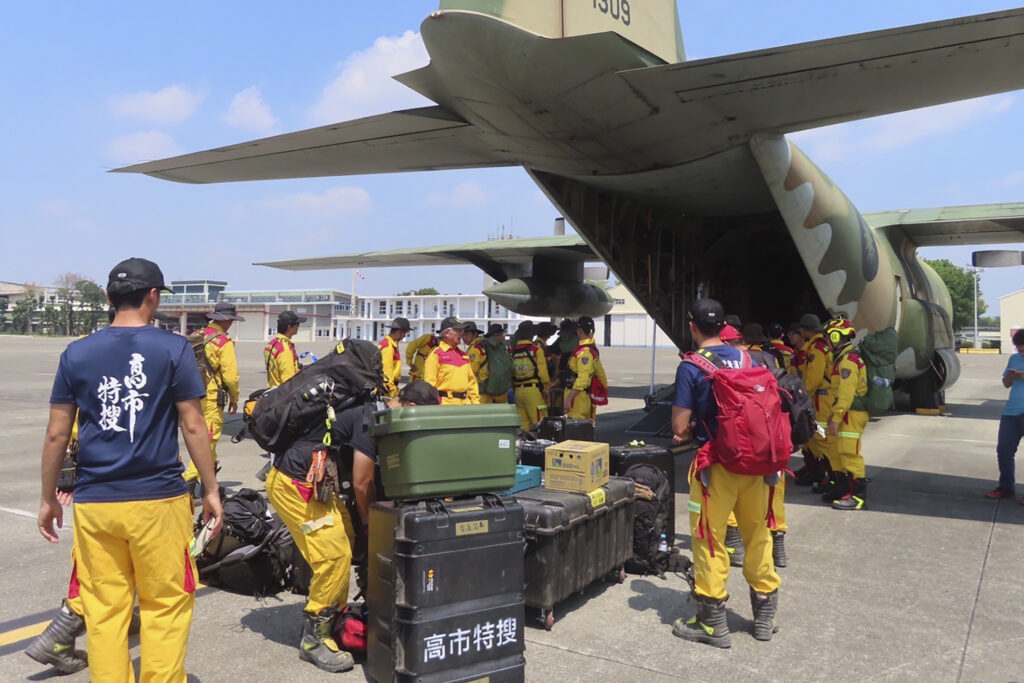
Taiwan’s earthquake monitoring agency said the quake was 7.2 magnitude while the U.S. Geological Survey put it at 7.4. It struck about 18 kilometers (11 miles) off of Hualien, on Taiwan’s east coast, and was about 35 kilometers (21 miles) deep. Multiple aftershocks followed.
The national legislature, a converted school built before World War II, and sections of the main airport in Taoyuan, just south of Taipei, also saw minor damage.
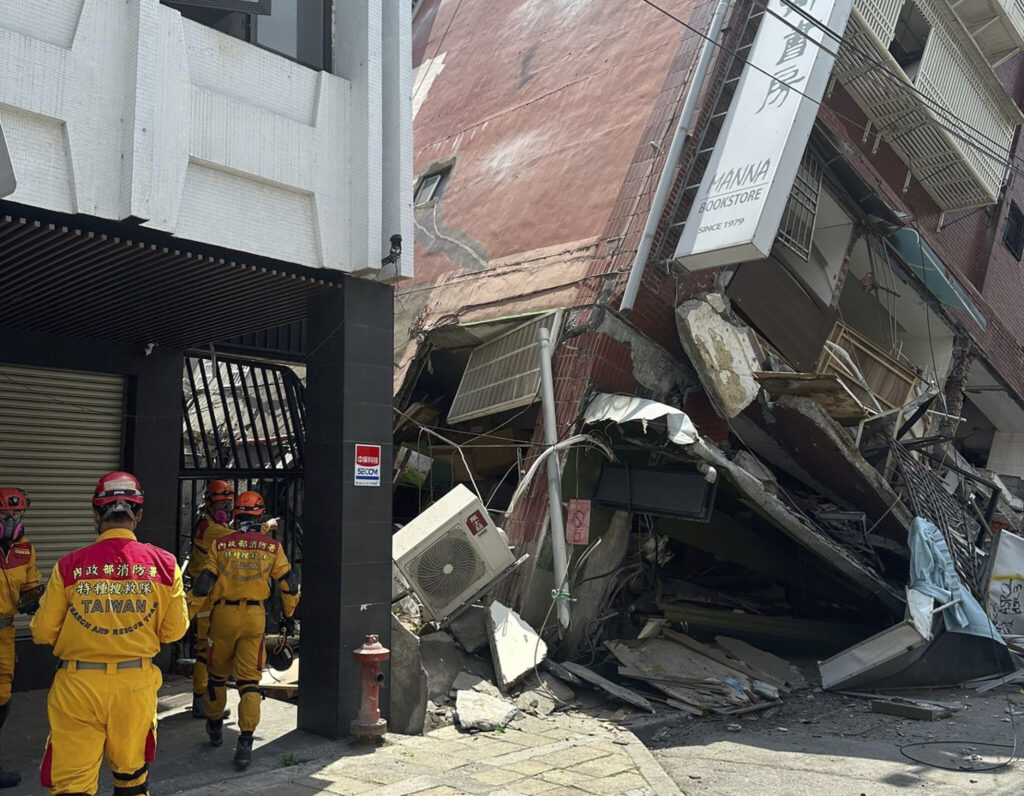
Traffic along the east coast was at a virtual standstill after the earthquake, with landslides and falling debris hitting tunnels and highways. Train service was suspended across the island of 23 million people, with some tracks twisted by the stress of the quake, as was subway service in Taipei, where sections of a newly constructed elevated line split apart but did not collapse.
The initial panic after the earthquake quickly faded on the island, which prepares for such events with drills at schools and notices issued via public media and mobile phone. Stephen Gao, a seismologist and professor at Missouri University of Science and Technology, said Taiwan’s readiness is among the most advanced in the world, also featuring strict building codes and a world-class seismological network.
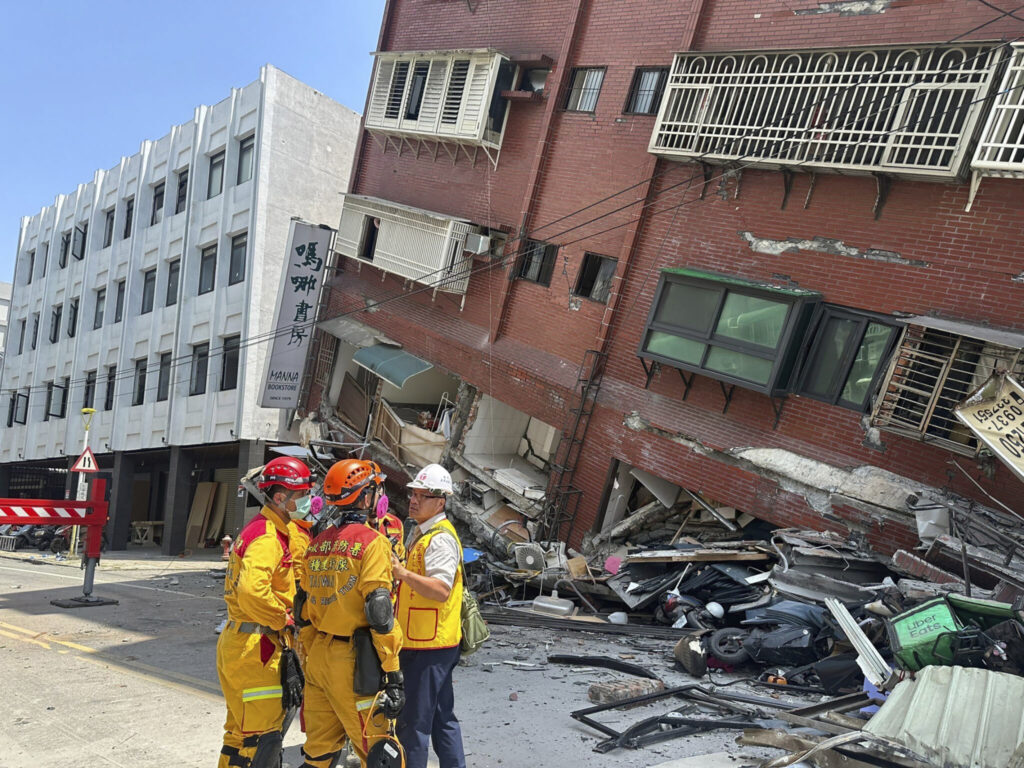
By noon, the metro station in the busy northern Taipei suburb of Beitou was again buzzing with people commuting to jobs and people arriving to visit the hot springs or travel the mountain paths at the base of an extinct volcano.
The earthquake was felt in Shanghai and several provinces along China’s southeastern coast, according to Chinese media. China and Taiwan are about 160 kilometers (100 miles) apart.
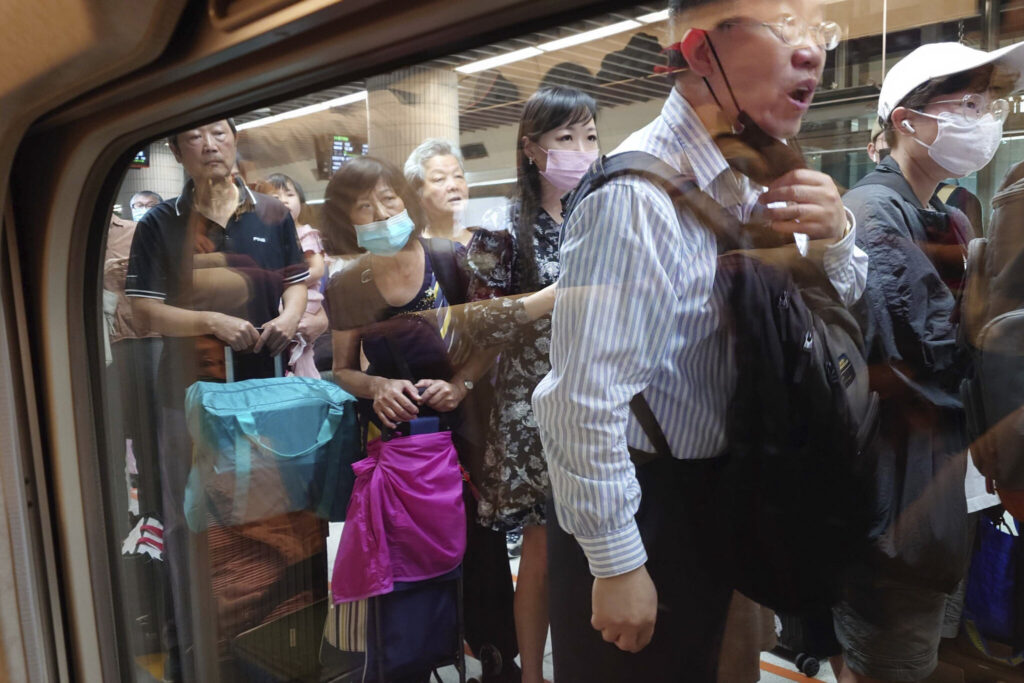
The Japan Meteorological Agency said a tsunami of 30 centimeters (about 1 foot) was detected on the coast of Yonaguni island about 15 minutes after the quake struck. Smaller waves were measured in Ishigaki and Miyako islands. All alerts in the region had been lifted by Wednesday afternoon.
Taiwan lies along the Pacific “Ring of Fire,” the line of seismic faults encircling the Pacific Ocean where most of the world’s earthquakes occur.
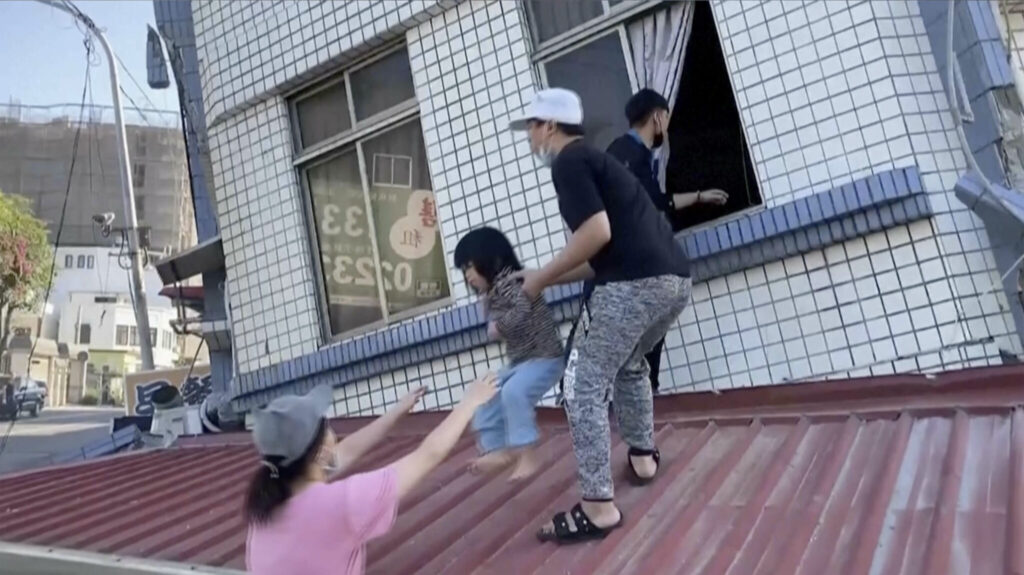
Hualien was last struck by a deadly quake in 2018 that killed 17 people and brought down a historic hotel. Taiwan’s worst quake in recent years struck on Sept. 21, 1999, with a magnitude of 7.7, causing 2,400 deaths, injuring around 100,000 and destroying thousands of buildings.
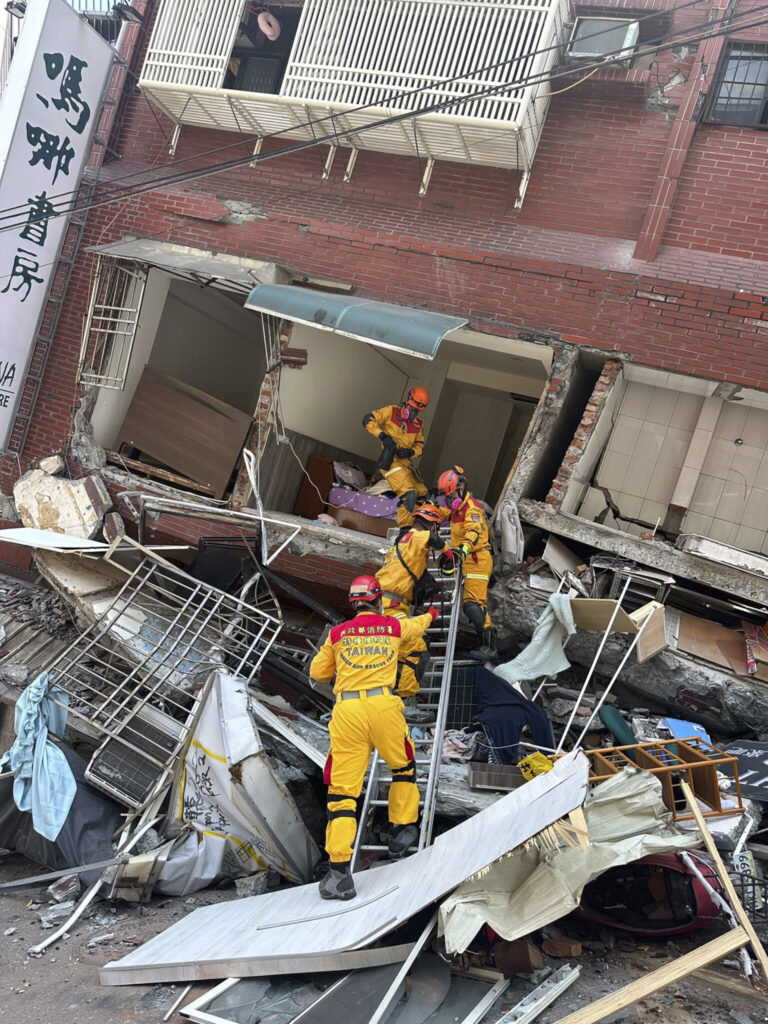
The economic fallout from the quake has yet to be calculated, but Taiwan is the leading manufacturer of the world’s most sophisticated computer chips and other high-technology items that are highly sensitive to seismic events. Parts of the electricity grid were shut down, possibly leading to disruptions in the supply chain and financial losses.
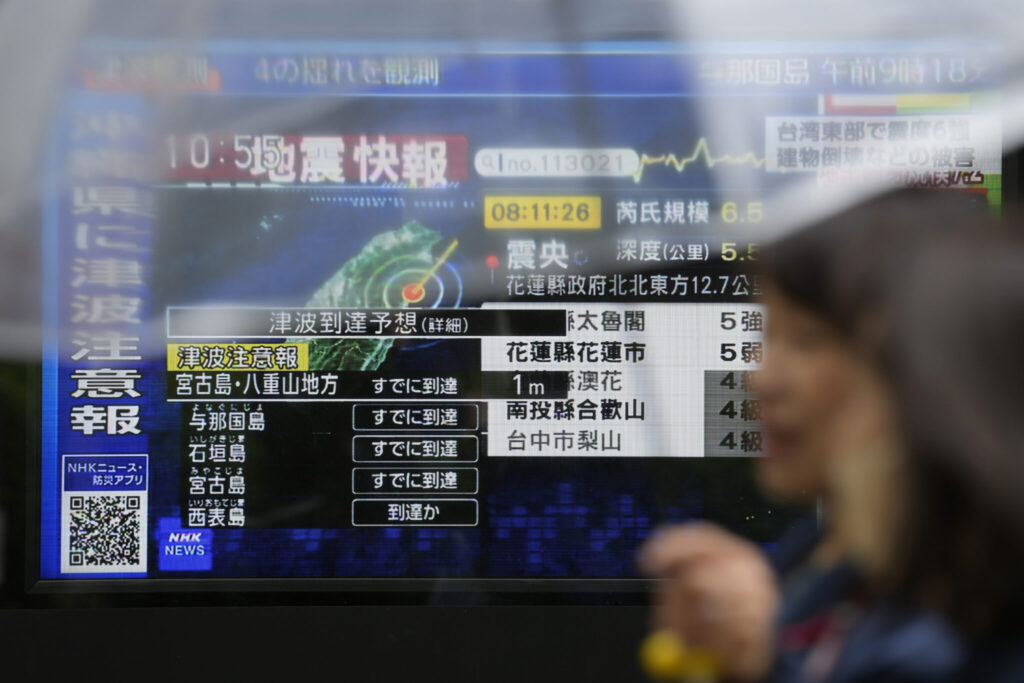
Taiwanese chipmaker TSMC, which supplies semiconductors to companies such as Apple, said it evacuated employees from some of its factories in Hsinchu, southwest of Taipei. Hsinchu authorities said water and electricity supplies for all the factories in the city’s science park were functioning as normal.
The Taiwan stock exchange opened as usual on Wednesday, with the index wavering between losses and gains.

